Enrol to master the features of your calculator with exclusive content, complete access and online support. The Calculator Guide brings you student and teacher resources and essential links from around the internet. Discover the latest videos, news, reviews and more with The Calculator Guide Official Blog.. To find the bearing and distance between two points, you will need to know the coordinates of the two points. Input the coordinates into your calculator and use the Pythagorean theorem to find the distance between the two points. Then, use the inverse tangent function to find the bearing. 2.

Función POL y REC Conversión de polares a rectangulares y viceversa en calculadora científica

How to Operate a Scientific Calculator (with Pictures) wikiHow

How to Use a Calculator (with Pictures) wikiHow

How to Store Values on Your Casio Scientific Calculator YouTube
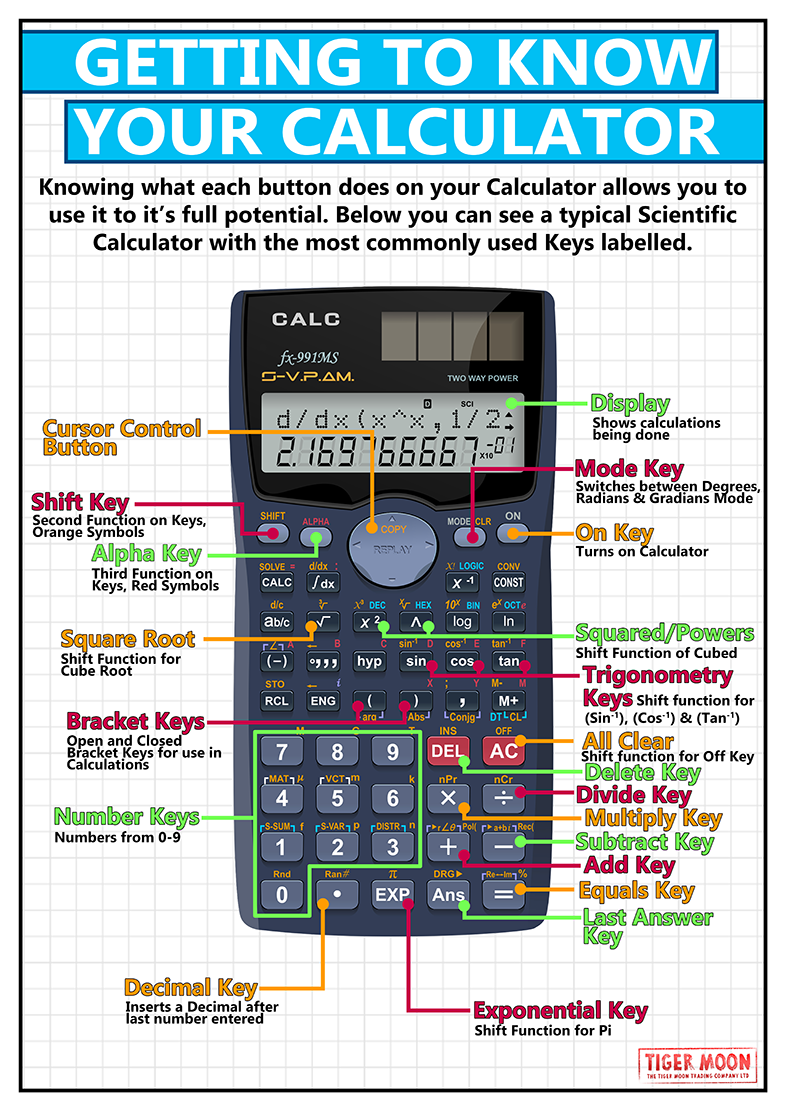
GCSE Maths Getting to know your Calculator A2 Poster Tiger Moon

TI Calculator Tutorial Absolute Value YouTube

How To Calculate Mean Using Calculator Haiper

22+ Gcse calculator online JarethBrodey
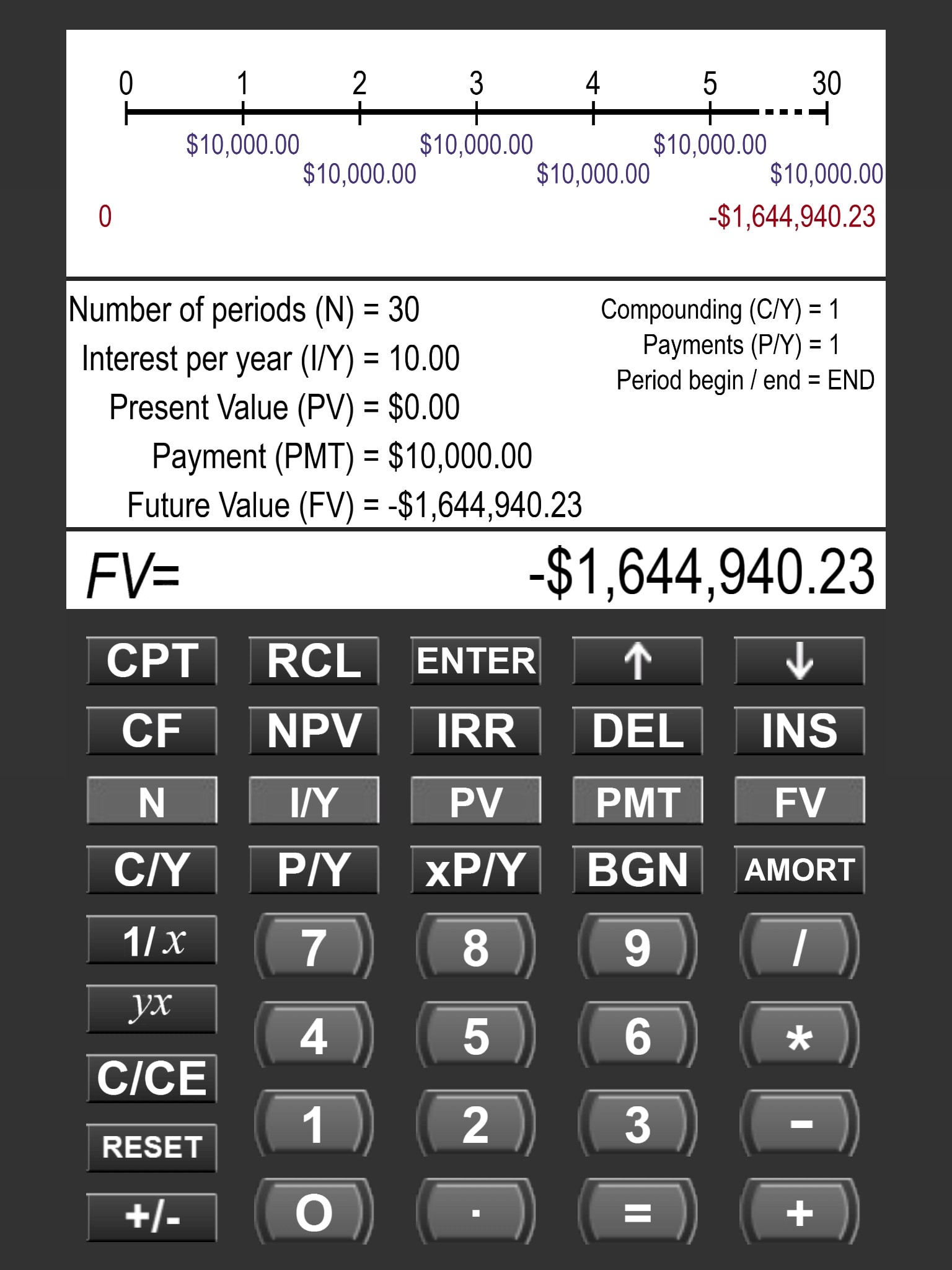
Features for Students MyLab Finance Pearson

Civil engineering calculator app lokiresources

35+ Absolute Value On Graphing Calculator TerenceKeanan
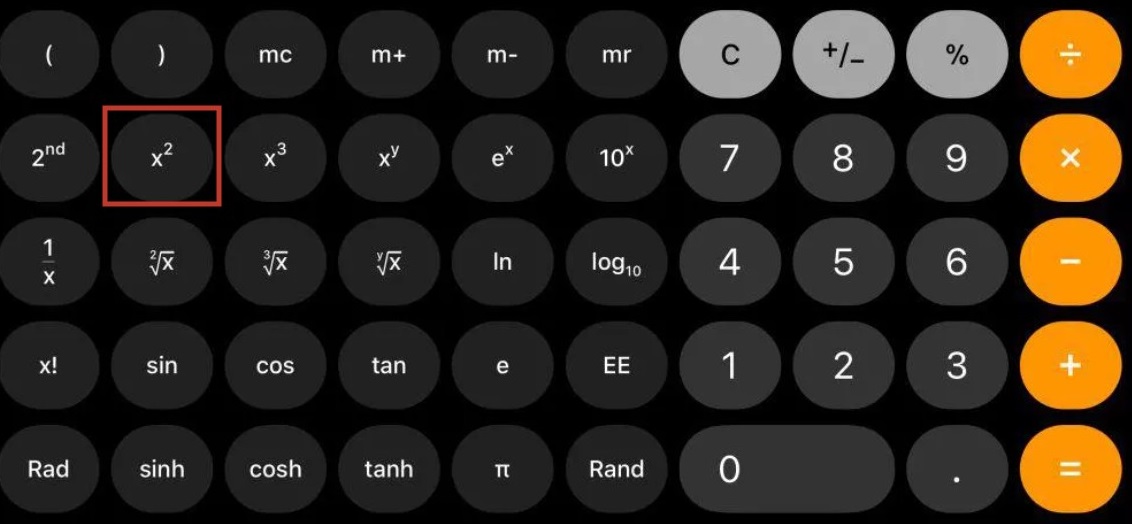
How to Do Exponents on iPhone Calculator and Other Tricks

PreCalculus How to solve a polynomial equation using a calculator (Ti83/84) YouTube
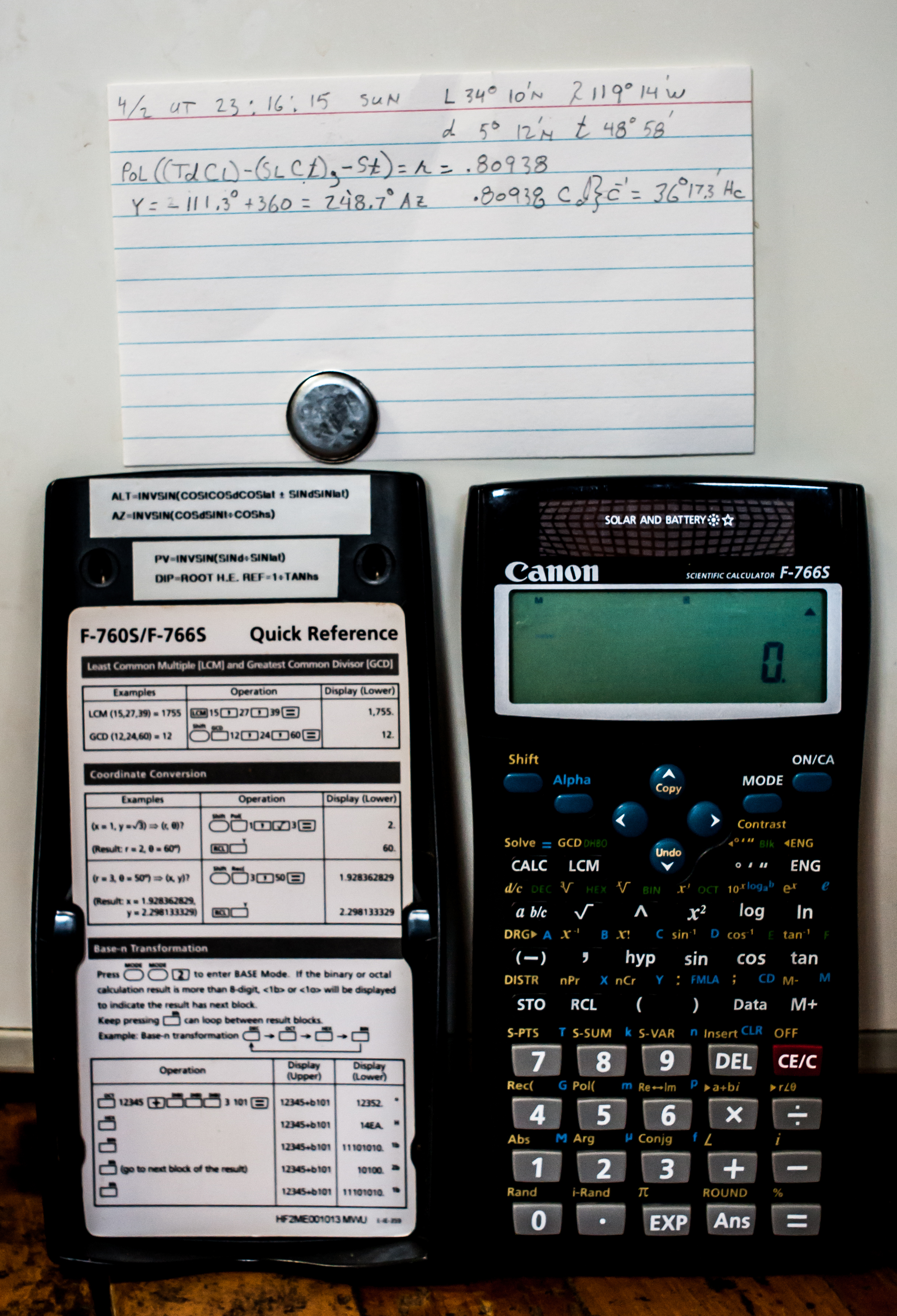
NavList Re Sight reduction using a calculator’s POL (arctan2) key (141743)

Operate a Scientific Calculator Basic Functions Explained

Casio FX991EX Classwiz Complex Numbers Rectangular to Polar Form Conversions (and Vice Versa

How to use Pol() and Rec() Function in FX 991ES Plus Part 10 Rahul Dewangan Leran to

Rec calculator function Resolution of vectors Horizontal and vertical components YouTube
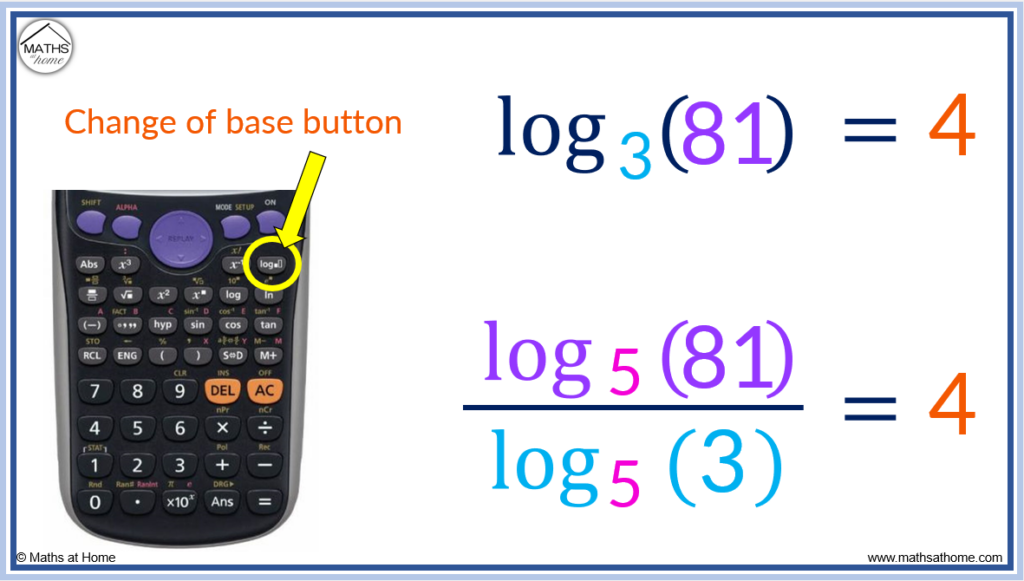
How to Change the Base of a Logarithm

How to Operate a Scientific Calculator 10 Steps (with Pictures)
Online Reverse Polish Notation Calculator And Infix Converter. Show me an example Format. Clear. Calculate Calculation steps. Please enter an expression to see the calculation steps. Please see.. The results are given in Figure 9.4.2. Consider the following two points: A = P and B = P( − 1, 0). To locate A, go out 1 unit on the initial ray then rotate π radians; to locate B, go out − 1 units on the initial ray and don’t rotate. One should see that A and B are located at the same point in the plane.